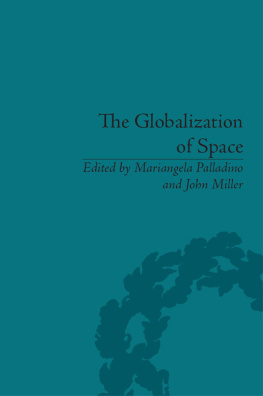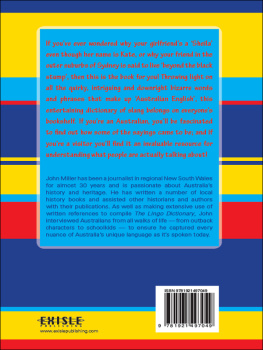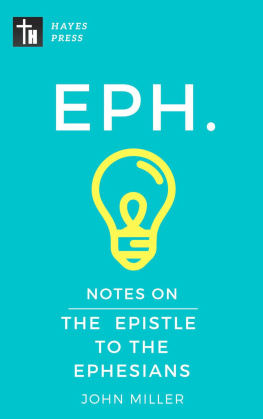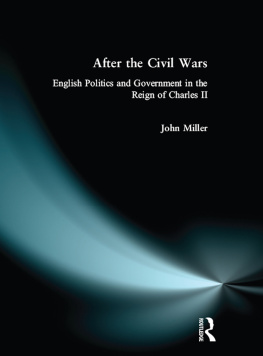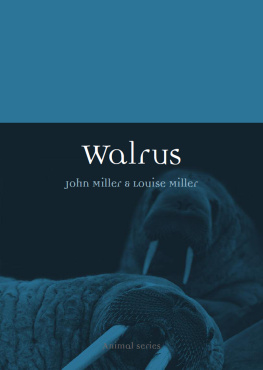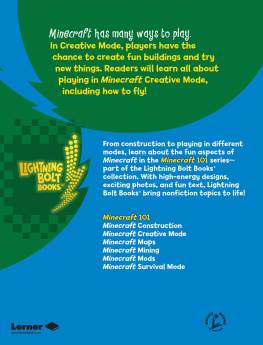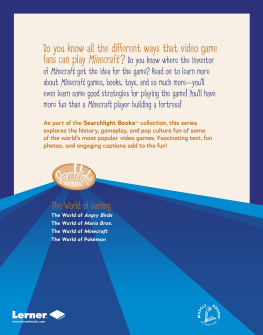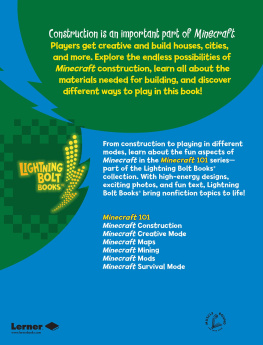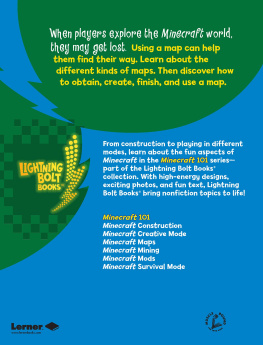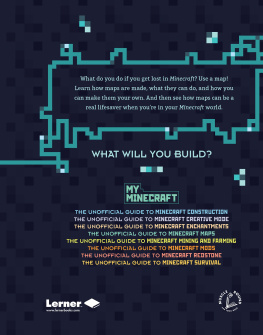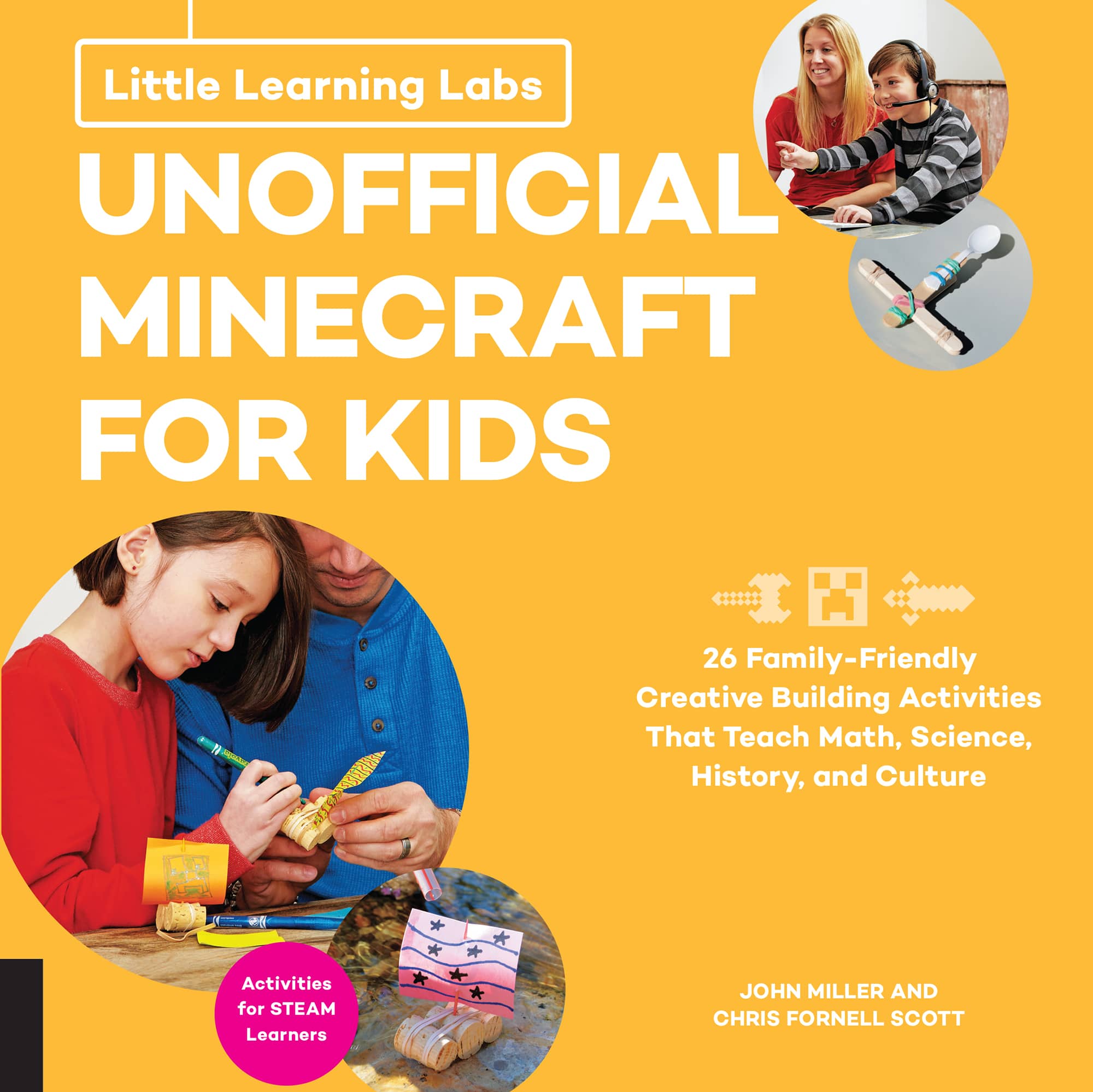Little Learning Labs
UNOFFICIAL MINECRAFT FOR KIDS
26 Family-Friendly Creative Building Activities That Teach Math, Science, History, and Culture
JOHN MILLER AND CHRIS FORNELL SCOTT
Introduction:
Notes for Parents and Teachers
In an age where games have multimillion-dollar budgets, high-end computer graphics, and Hollywood-inspired storylines, how can a game that comes with no instructions, no clear goals, and no-frills blocky graphics become a mega-hit widely lauded for its creative and immersive play?
Perhaps its because players walk away from a Minecraft session with a deep sense of fulfillment and are highly motivated to return and improve their skills. Minecraft challenges them to explore a new, unlimited world and interact with other players and the environment. They mine for resources and craft tools that they use to modify their environment to fit their needs. Or perhaps its because Minecraft is versatile and highly adaptable to any player at any experience level and has something to teach everyone. Its open-ended nature provides rich opportunities for exploration and discovery and satisfies a natural inquisitiveness while promoting detailed and deep conversations, both in and out of the game.
Adults might assume that playing Minecraft is just like playing any other video game, but kids know that Minecraft offers much more than entertainment. As kids become experts in Minecraft, they create a knowledge gap that is often difficult for adults to bridge. Players can speak the language of Minecraft while nonplayers may be confused.
This book bridges that gap. Its designed for adults who want to connect with their Minecraft players by improving their understanding of the game and by extending their childs learning with both in- and out-of-game activities. It employs analog (community) connections that encourage kids to interact with the adults in their lives. New conversations and paths of creativity will reveal themselves as you complete both the in-game and out-of-game portions of the individual labs and the quests (a set of two labs). In some instances, youll help the Minecraft expert with the analog connections, and at other times, the game expert will teach you how to build in-game portions of the lab.

WHAT CAN MINECRAFT TEACH?
Minecraft encourages players to create, share, and innovate as no other game has ever done before. It promotes continuous learning. Teaching and learning from others is as much a part of the game as building a shelter or fighting creepers. While playing in creative mode, with an unlimited supply of every block in their inventory available, players have the freedom to explore their imagination. Players monitor their inventories, conduct ongoing needs assessments, and consider options to expand and improve their characters status in the game. By learning more skills and discovering or crafting more resources, players better prepare themselves for each day, and the reward for their hard work is enhanced playability. When playing in survival mode, players must rely upon a varied and changing set of skills to achieve their immediate and long-term goals.
Minecraft encourages numerous positive traits and builds life skills and spatial understanding. Players develop problem-solving strategies for surviving each night while setting and prioritizing goals for the next day. Food is important, but so is shelter. Armor and weapons will help fight off mobs but require specific and often hard-to-find resources and crafting. It is only through perseverance and planning that players will be successful.
Further, players value the craftsmanship and skills of others while sharing knowledge and innovations, especially in creative multiplayer mode. They develop large-scale, imaginative, team-oriented projects and break down tasks to assign pieces to players based on skill sets. This interdependence builds positive relationships and flexible thinkers.
The vast amount of creative and humorous storytelling and adventure sharing online reflects Minecrafts popularity. Thousands of websites and YouTube videos are dedicated to design tutorials, building, and gameplay strategies. Survival tips, creative ideas, and answers to player questions are only a click or two away on the Internet. Younger players follow and often imitate their favorite YouTube stars, producing and sharing videos and tutorials of their own and emulating a business model for the twenty-first century.
MINECRAFT IN SCHOOLS
Educators are using Minecraft as a tool for learning in most grade levels and content areas in classrooms around the world, and have discovered that their students are excited to share their expertise as they use a favorite game.
The games encouragement of sharing ideas and seeking help via a thriving and popular Google Group energizes educators as well. Some teachers create and share Minecraft worlds and the associated lesson plans that target specific concepts, skills, and units of study. Some worlds come complete with buildings and nonplayer characters ready for students to explore and interact with. Other teachers design worlds for focused student or team collaboration and task students with building out the world to meet content objectives.
The scale of every block in Minecraft represents 1 cubic meter, so applications in mathematics and geometry are clear. Students can visualize concepts such as area, perimeter, and volume in three dimensions; demonstrate ratio, proportion, and fractions; and collect and graph data, all in the game world. Science teachers can use Minecraft to teach geology, physics, and biology. Students are aptly creating models of plate tectonics, DNA, animal cells, and even quantum behavior. Redstone blocks in Minecraft release a power source that students and teachers can use to explore electrical circuitry and operate switches, pistons, and logic gates. One popular modification teaches computer programming, while another supports environmental education.
Minecraft is also great for teaching social sciences and literacy. Students demonstrate their understanding of setting, plot, theme, and conflict by recreating childrens stories and young adult novels scene by scene. Books and journals within the game can support student- and teacher-generated text and can include live links to information available on the Internet.
Historical figures can come alive and interact with students in ways traditional textbooks cannot. By role-playing with characters from history, students can experience the wonders of ancient Greece or explore a Civil War battlefield and then reflect on their adventures through journal writing and interactions with each other.
HOW TO USE THIS BOOK
Each of the two labs within the six quests has both an in-game and an out-of-game activity, which is called the family activity. Most labs suggest doing the out-of-game activities first as a way to research and prepare for in-game building.
You can either work through the labs sequentially, or you can bounce from one lab to another. If youre new to Minecraft, consider starting at the beginning, as Quest 1 introduces basic gameplay. You can also use the labs to connect your childs love of the game with an out-of-game learning experience. For example, if youre planning to visit a museum, consider skipping to Quest 4, The Arts, whose labs are a perfect fit for that experience. Quest 6, however, is best left until youve completed most, if not all, of the other labs, as its a culmination of your work in the book.


